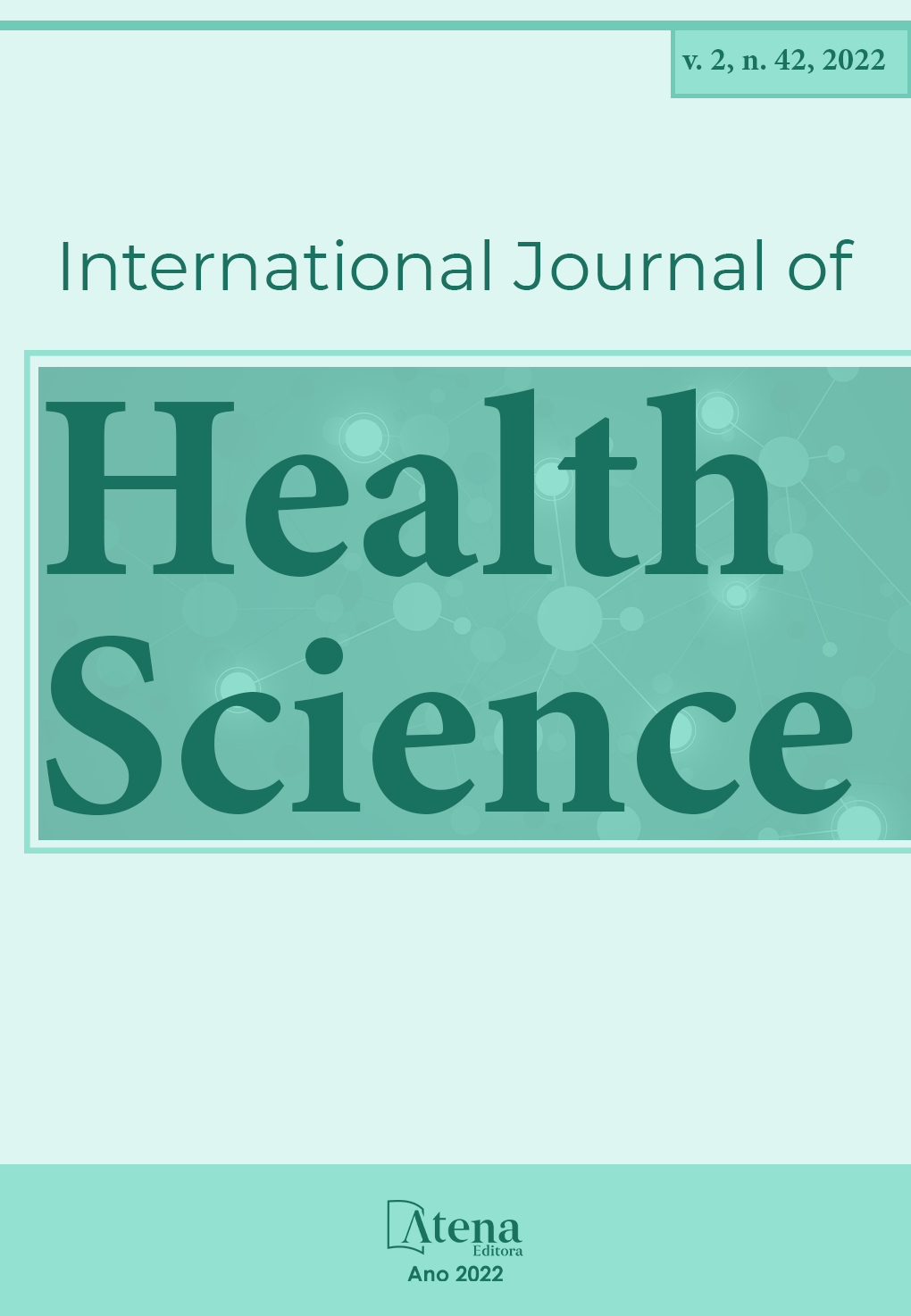
AQUATIC EXERCISE IN PREGNANCY: NARRATIVE REVIEW
Introduction: Changes in lifestyle that have occurred in recent years have led women to be more active and to practice physical exercise throughout their life cycle. However, the level of adherence to the exercise is still low. During pregnancy, there are major physiological and psychological changes that lead many women to have doubts about the advantages of physical activity during this period. The literature shows that there are multiple advantages for both mother and baby, such as weight control, prevention of gestational diabetes, reduced risk of preeclampsia, premature birth, among others. Exercising in an aquatic environment has advantages over exercise on the ground, since it can associate the benefits of water properties. Regular evaluation and knowledge of the indications and contraindications for its practice is essential. Practice must be based on the best evidence for the development of appropriate exercise programs. Goals: To carry out a survey of the literature regarding the guidelines on the practice of aquatic exercise during pregnancy. Methodology: In order to carry out this review, a search was carried out on studies published between 2014-2022, which included recommendations for the practice of physical exercise, in an aquatic environment, during pregnancy. The search was carried out in the Cochrane, PubMed, PEDro and Scielo databases using various combinations with the keywords: “pregnancy”; “pregant women”, “aquatic exercise”, physical activity” exercise”; “water exercise”, “guidelines”, “systematic review”, “narrative review”. Results: We found 13 studies with recommendations for the practice of physical exercise during pregnancy, divided into Guidelines, systematic reviews and review studies. Conclusion: Studies indicate benefits of moderate-intensity exercise for 150 min per week.
AQUATIC EXERCISE IN PREGNANCY: NARRATIVE REVIEW
-
DOI: 10.22533/at.ed.1592422229071
-
Palavras-chave: Aquatic exercise; Clinical guidelines; Pregnancy
-
Keywords: Aquatic exercise; Clinical guidelines; Pregnancy
-
Abstract:
Introduction: Changes in lifestyle that have occurred in recent years have led women to be more active and to practice physical exercise throughout their life cycle. However, the level of adherence to the exercise is still low. During pregnancy, there are major physiological and psychological changes that lead many women to have doubts about the advantages of physical activity during this period. The literature shows that there are multiple advantages for both mother and baby, such as weight control, prevention of gestational diabetes, reduced risk of preeclampsia, premature birth, among others. Exercising in an aquatic environment has advantages over exercise on the ground, since it can associate the benefits of water properties. Regular evaluation and knowledge of the indications and contraindications for its practice is essential. Practice must be based on the best evidence for the development of appropriate exercise programs. Goals: To carry out a survey of the literature regarding the guidelines on the practice of aquatic exercise during pregnancy. Methodology: In order to carry out this review, a search was carried out on studies published between 2014-2022, which included recommendations for the practice of physical exercise, in an aquatic environment, during pregnancy. The search was carried out in the Cochrane, PubMed, PEDro and Scielo databases using various combinations with the keywords: “pregnancy”; “pregant women”, “aquatic exercise”, physical activity” exercise”; “water exercise”, “guidelines”, “systematic review”, “narrative review”. Results: We found 13 studies with recommendations for the practice of physical exercise during pregnancy, divided into Guidelines, systematic reviews and review studies. Conclusion: Studies indicate benefits of moderate-intensity exercise for 150 min per week.
-
Número de páginas: 13
- Cláudia Maria Lima Costa
- Ângela Maria Pereira
- Sónia Vicente


